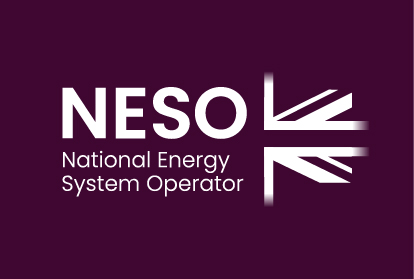Project Summary
This project investigates the potential of multi-vector microgrids to support decarbonisation and resilience in industrial and commercial sites, working with stakeholders including Nissan (TBC), Newcastle Airport, Port of Tyne, Northern Gas Networks and Neptune Brownfield Power Plant.
It focuses on integrating renewable generation, energy storage, and smart technologies while exploring hydrogen and gas as supporting vectors. The project will assess energy demand, infrastructure synergies, and regulatory challenges through stakeholder engagement and customer audits. The intended outcome of this project are optimised microgrid designs which will be evaluated for cost-effectiveness and scalability, aligned with the Regional Energy Strategic Plan (RESP) to ensure coordinated energy system development. Findings will inform future adoption of microgrids and contribute to the energy transition.
Partners: Newcastle University, Port-of-Tyne, Newcastle Airport, Northern Gas Networks, Nissan and Siemens.
Innovation Justification
Project VOLT introduces a novel approach by developing multi-vector microgrids that integrate electricity, gas, and hydrogen to decarbonise industrial and commercial sites. Unlike traditional microgrids that focus on single energy sources, VOLT dynamically balances energy flows across multiple vectors, improving system flexibility, resilience, and efficiency. This whole-system integration is a step change from current single-vector solutions and addresses key barriers like regulatory constraints and infrastructure readiness. The project is well-suited for SIF funding because its complexity and cross-network innovation go beyond the scope of standard investment mechanisms, requiring dedicated support to explore and validate these advanced energy system interactions.
Impacts and Benefits
1. Pre-Innovation Baseline and Reporting Metrics
Industrial and commercial (I&C) sites currently rely on centralised energy supply models, leading to high energy costs, carbon emissions, and limited flexibility. Most energy demand is met through direct grid imports, with peak electricity demand causing grid congestion and increased reinforcement costs. Multi-vector integration and industrial flexibility services are largely untapped.
Metrics to be used:
Financial savings: £ per MW of avoided network upgrade, £ per site per annum in energy bill savings, £ per MW of flexibility provided.
Carbon reduction: Tonnes of CO₂ saved annually (direct and indirect).
Revenue generation: £ per MW of flexibility provided, peer-to-peer trading, and hydrogen market participation.
Operational efficiency: Peak demand reduction (MW), fewer congestion events, improved system resilience (e.g., avoided outages).
2. Forecast of Cumulative Net Benefits
If implemented into business as usual, Project VOLT is expected to deliver:
£50–100 million in avoided network reinforcement costs over 10 years.
10–15% annual energy bill savings for participating I&C consumers.
5,000–10,000 tonnes of direct CO₂ savings per year from reduced fossil fuel use.
10,000–15,000 tonnes of indirect CO₂ savings per year from reduced reliance on carbon-intensive peaking plants.
£5–10 million in new revenue streams for industrial users through flexibility services and hydrogen markets.
3. Benefits Already Realised
As a discovery-phase project, VOLT has not yet delivered quantifiable benefits. However, early engagement with industrial partners has shown strong demand for multi-vector microgrids. Initial assessments suggest that even partial implementation could significantly reduce energy costs and emissions at key industrial sites.
4. Additional Impacts and Benefits
Beyond the SIF-specific benefits, VOLT will:
Enhance energy security by reducing reliance on volatile fossil fuel markets.
Support local economic growth through investment in low-carbon infrastructure.
Create skilled jobs in microgrid deployment and energy management.
Strengthen regional energy resilience by enabling decentralised, flexible energy systems.




